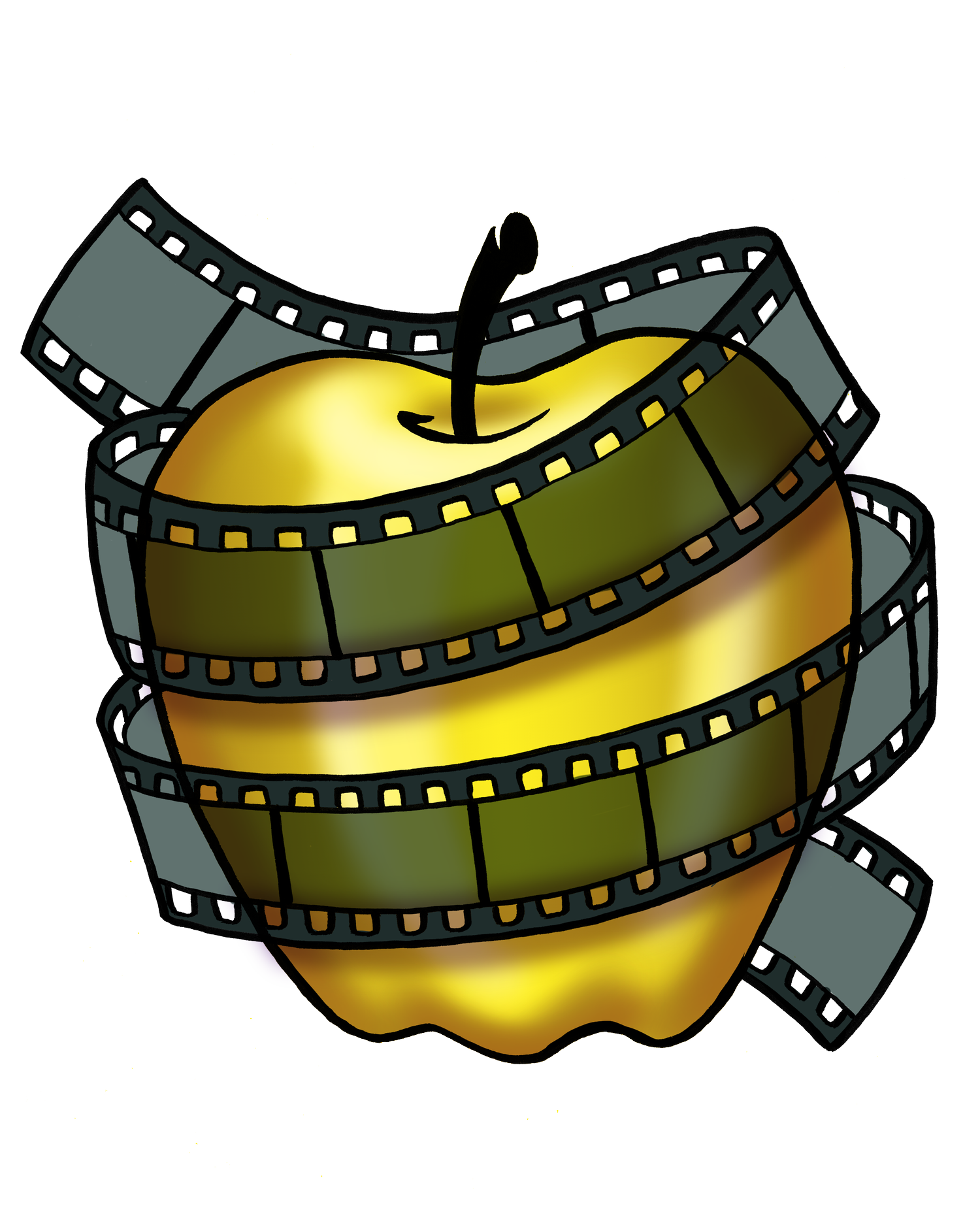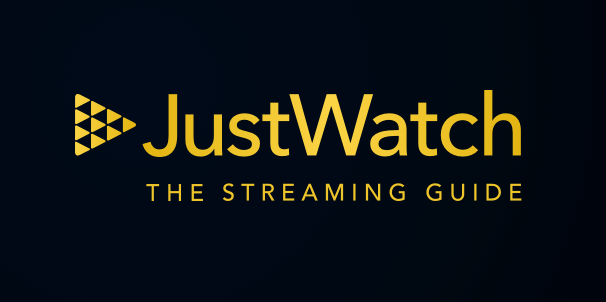
Article courtesy of the International Drivers Association
In recent years, the arts industry has faced an array of challenges that have transformed how organizations operate and interact with their audiences. Despite the thriving creativity inherent in the sector, economic realities and market dynamics present significant hurdles for arts organizations, particularly in regions less inclined to support cultural initiatives. This situation has sparked a conversation around the need for strategic innovation and adaptation in the arts, as highlighted in discussions among industry professionals seeking to address these pressing concerns. A notable trend reshaping the arts is the integration of technology as both a medium and a tool for engagement. This was exemplified by the National Endowment for the Arts’ publication of “Tech as Art,” which urges the sector to invest in digital cultures at both administrative and programmatic levels. This push for digital innovation not only helps in maintaining relevance but also in reaching broader audiences.
Furthermore, the arts industry is increasingly focused on strategic collaboration to mitigate challenges, such as funding shortages and environmental impacts. By understanding the nuances of strategic alliances, arts organizations can leverage collective strengths to enhance their operational resilience. This spirit of collaboration is complemented by insights from ISPA members who emphasize the importance of generational cooperation and innovative approaches to overcome financial and environmental obstacles. In terms of marketing, arts organizations often encounter difficulties in effectively communicating their value propositions, particularly in saturated markets. Audience segmentation has emerged as a crucial strategy for aligning offerings with the specific needs of diverse target groups. By employing best practices in audience development, arts organizations aim to optimize their engagement efforts, though comprehensive guidelines remain sparse. Ultimately, the landscape of the arts industry is characterized by a complex interplay of creativity, innovation, and adaptation. As organizations navigate these challenges, they continue to redefine their roles within the cultural ecosystem, striving to make their value known amidst a sea of competing interests and economic pressures.
Understanding the Marketing Paradox
In the realm of arts organizations, a peculiar paradox has emerged: while these entities possess vital survival tools, they often struggle to market them effectively to an industry gasping for air. For many artists and arts organizations, marketing is perceived as a betrayal of their creative ideals. The term “marketing” conjures images of selling out and compromising artistic vision for the sake of audience approval. This resistance to embrace marketing is deeply rooted in a belief that art should exist free from commercial influence, a notion that is increasingly being challenged in today’s economic climate. Nonprofit arts organizations, in particular, face unique marketing challenges. Often, they fail to recognize the critical role marketing plays in their survival and growth. A comprehensive marketing strategy is crucial not only for generating revenue and raising funds but also for cultivating relationships and advancing their mission. Yet, many organizations still view marketing as a cost center rather than a lifeline that can drive strategic goals forward. This mindset can impede their ability to communicate effectively with target audiences and secure necessary funding. Collaboration is touted as a potential solution, but it also comes with its own set of pitfalls. Strategic collaboration requires careful navigation to avoid missteps and maximize opportunities for leverage. Understanding these dynamics is essential for arts organizations seeking to join forces with others in the industry. By sharing resources and knowledge, arts organizations can enhance their marketing efforts and broaden their reach. Moreover, the recent challenges posed by the COVID-19 pandemic have underscored the need for a more dynamic approach to arts marketing. The pandemic’s impact on the cultural sector has been profound, disrupting traditional marketing strategies and necessitating the adoption of new digital tools and platforms. Arts organizations have had to quickly adapt to this new reality, leveraging digital interaction to maintain audience engagement during a time of unprecedented social distancing. Despite the clear need for robust marketing strategies, the arts industry continues to grapple with funding challenges and a hesitance to fully embrace marketing as a tool for survival. This marketing paradox—having essential tools but struggling to utilize them effectively—highlights the tension between maintaining artistic integrity and ensuring organizational viability. As the arts sector navigates this complex landscape, the ability to balance these competing demands will be critical to its long-term success.
Why Traditional Marketing Fails
In the realm of the arts, traditional marketing has long faced criticism for compromising creative integrity, with many artists viewing it as a means to pander to the audience rather than staying true to their artistic vision. This reluctance to embrace marketing is rooted in the fear that it dilutes the authenticity of the artistic process, making it difficult for arts organizations to adopt marketing strategies that could be vital for their survival. Moreover, traditional marketing often falls short because it fails to address the unique challenges that arts organizations face, such as the rapid shift to digital platforms and the demand for remote work options, which were accentuated by the pandemic. In 2009, when arts organizations experienced a decline in audiences and funding, many perceived it as a temporary setback caused by the economic downturn, rather than an indication of deeper systemic issues in marketing practices. Furthermore, the lack of a strategic approach to marketing and communications in the nonprofit sector, including arts organizations, leads to missed opportunities for growth and audience engagement. Nonprofits often view marketing as a cost center, rather than as an integral part of their mission and long-term survival strategy. This perspective contributes to the underutilization of adaptive, goal-based budgeting that could align marketing efforts with broader organizational goals and measurable impacts. In addition, traditional marketing methods often do not resonate with the evolving digital landscape. Arts organizations need to leverage digital engagement to foster a more democratic and relational interaction between artists and audiences. Without embracing such innovative approaches, traditional marketing fails to cultivate meaningful connections that could enhance audience development and organizational success. Thus, the arts sector finds itself in a marketing paradox, where the tools necessary for survival are seen as threats to its very identity.
Alternative Approaches to Marketing in the Arts
In the constantly evolving landscape of arts marketing, traditional strategies often fall short in reaching audiences effectively. As the industry grapples with financial challenges, innovative approaches become not only desirable but necessary for survival. The fusion of art and marketing is not new, but as the boundaries of both fields expand, so too do the methods of engagement and outreach.
Immersive Marketing: A New Frontier
Immersive marketing, also known as engagement marketing, utilizes cutting-edge technologies like augmented reality (AR), virtual reality (VR), and live events to craft experiences that directly involve consumers, thus creating deeper connections with a brand or product. This strategy has found a natural ally in the arts sector, where sensory engagement can transform passive spectators into active participants. By integrating immersive art installations into brand strategies, organizations can create captivating experiences that forge emotional connections with audiences.
Digital Innovation: Expanding the Digital Canvas
Digital platforms have dramatically reshaped how arts organizations engage with their audiences. As we approach 2025, trends in digital marketing continue to evolve, with tools like text messaging, analytics, personalization, and hybrid events enhancing engagement and operational efficiency. Digital spaces allow for innovative interaction, but they require strategic implementation to maximize their potential. Platforms like Audience Access, which integrates digital program books with audience engagement features, illustrate how technology can be harnessed to connect with patrons both in-person and virtually.
Strategic Collaborations: The Power of Partnership
Collaborations remain a powerful tool in the arts marketing arsenal. Whether through partnerships with other artists, brands, or organizations, these alliances open up new opportunities and enhance visibility. Strategic collaborations empower arts organizations by allowing them to share resources, reduce costs, and amplify their reach. Such partnerships can involve cross-sector stakeholders, including government, nonprofits, and corporations, leveraging their collective strengths to address community needs and broaden audience engagement.
Audience Segmentation: Precision in Targeting
The art of audience segmentation allows organizations to tailor their marketing efforts more precisely. By dividing a target audience into smaller, more specific groups, arts organizations can craft messages that resonate more deeply with each segment. This practice not only improves the effectiveness of marketing campaigns but also fosters a more personalized interaction with the audience. Advanced segmentation techniques, like The Audience Agency’s Audience Spectrum, provide insights into audience attitudes and behaviors, enabling more strategic decision-making.
Case Studies
In an industry grappling with unprecedented challenges, the arts sector has had to pivot dramatically to ensure survival and relevance. The case studies of various arts organizations reveal both innovative approaches and the stark realities of marketing in a time of crisis.
Adaptive Strategies in the Face of Adversity
The pandemic forced many arts organizations to rethink their strategies, focusing on adaptability and resilience. As detailed in the Arts Endowment’s research, arts organizations have embraced diverse reopening practices, offering insights into how to sustain operations during such turbulent times. These organizations showcased an urgent need to reassess their business models, with a focus on identifying strategic target groups and implementing change when necessary.
Success through Audience Engagement
Audience engagement has emerged as a critical factor in the survival of arts organizations. The Wallace Excellence Awards shed light on how 10 organizations successfully built their audiences by recognizing when change was essential and implementing audience-centric strategies. This approach highlights the importance of not only retaining existing patrons but also cultivating new ones through targeted initiatives.
The Ineffectiveness of Traditional Marketing Tactics
Despite the potential for creative marketing, not all strategies have yielded positive results. Many organizations found that traditional marketing tactics such as paid advertising were not delivering the desired outcomes, prompting a reevaluation of these methods. This has led to a shift towards more community-driven strategies, though challenges remain in finding the right balance and approach.
Embracing Immersive and Experiential Marketing
In response to the limitations of conventional methods, some organizations have turned to immersive arts as a way to engage and captivate audiences. The integration of immersive experiences into marketing strategies represents a significant shift towards experiential storytelling, transforming passive consumption into active participation. This strategy has been exemplified by initiatives like The Van Gogh Experience, which turned galleries into interactive, living exhibitions, thereby deepening audience connection through sensory engagement. These case studies illuminate the complex landscape arts organizations navigate in their marketing endeavors. While some strategies have succeeded in engaging audiences and sustaining operations, others have highlighted the paradox of trying to sell survival tools to an industry already in distress. As the arts continue to evolve, these insights will be crucial for organizations seeking to thrive in a post-pandemic world.
Strategies for Arts Organizations
As arts organizations struggle to remain buoyant in an industry facing multifaceted challenges, a tapestry of strategic initiatives emerges as crucial for their survival and growth. These strategies aim to navigate the turbulent waters of financial instability, changing audience dynamics, and an increasingly digital world.
Embracing Strategic Planning
At the heart of any resilient arts organization is a meticulously crafted strategic plan that is continuously updated to reflect changing circumstances. This involves setting financial goals, planning budgets, and maximizing resources, all while fostering a unified organizational vision that aligns staff and stakeholders around common objectives. Strategic planning not only ensures long-term viability but also helps arts organizations engage with their communities in a meaningful way, thereby strengthening emotional and intellectual connections. With an ever-changing landscape, arts organizations must remain agile, adjusting their plans as necessary to respond to new challenges and opportunities.
Leveraging Audience Segmentation
In an era where digital engagement is paramount, audience segmentation has become an invaluable tool. By dividing their target audience into smaller, more defined groups, arts organizations can tailor their offerings to meet the specific needs and preferences of these segments. Audience segmentation best practices allow organizations to enhance marketing strategies and engagement efficiencies, thereby reaching patrons more effectively and expanding their reach. Implementing these practices can help arts organizations maintain relevance and build stronger relationships with their audiences, fostering loyalty and support.
Exploring Creative Collaborations
Collaboration is a powerful avenue for arts organizations seeking to expand their influence and resources. By working with other artists, brands, or organizations, they can unlock new opportunities and increase visibility. Collaborations offer a platform for shared creative growth, fostering innovation and allowing organizations to explore new avenues for audience engagement and artistic expression. This strategy not only broadens the organization’s reach but also enhances its ability to deliver exciting and relevant programming.
Engaging in Experiential Marketing
Immersive and experiential marketing strategies are transforming how arts organizations connect with their audiences. Through innovative technologies like augmented reality (AR) and virtual reality (VR), organizations can create immersive experiences that captivate audiences and forge deep emotional connections. These experiences are not just about entertainment; they are about engaging spectators in a manner that deepens their connection with the art and, by extension, the organization itself. By integrating immersive arts into their marketing strategies, organizations can enhance their audience’s experience and foster a lasting impact.
Utilizing Digital Platforms
The digital revolution has provided arts organizations with new tools to captivate audiences and deepen engagement. Digital spaces allow for enhanced spectator interaction, offering a dynamic and evolving platform for art marketing. By embracing these digital opportunities, arts organizations can reach broader audiences, break geographical barriers, and ensure their art remains accessible to a diverse and global audience. The transition to digital isn’t merely a shift in platform but a strategic move to ensure sustainability in a rapidly changing world.
Call to Action
In a world where the arts industry is facing unprecedented challenges, it is imperative for organizations to not only focus on immediate survival but also on thriving in the long term. Arts organizations must harness the power of strategic collaborations to expand their reach and engage with wider audiences. By sharing resources and reducing costs, these collaborations can increase efficiency and enhance visibility, ultimately leading to increased support and funding. Furthermore, strategic planning should serve as the compass that guides these organizations through challenges, enabling them to capitalize on emerging opportunities. Engaging in formal strategic planning and community engagement can result in enhanced clarity regarding their mission and vision, which in turn improves decision-making processes.
Now is the time for arts organizations to foster a culture of readiness by equipping their staff with the necessary strategies to navigate unforeseen challenges. Through these efforts, the arts can not only survive but thrive, ensuring their vital role in society remains steadfast. We urge arts organizations to embrace these strategies and innovations, tapping into the digital world to better understand and engage their target audience. Whether through digital marketing strategies or online courses that inform marketing initiatives, organizations have the tools at their disposal to adapt and evolve. Let us come together, harness our collective strength, and ensure the arts industry not only survives but flourishes in the face of adversity.

















